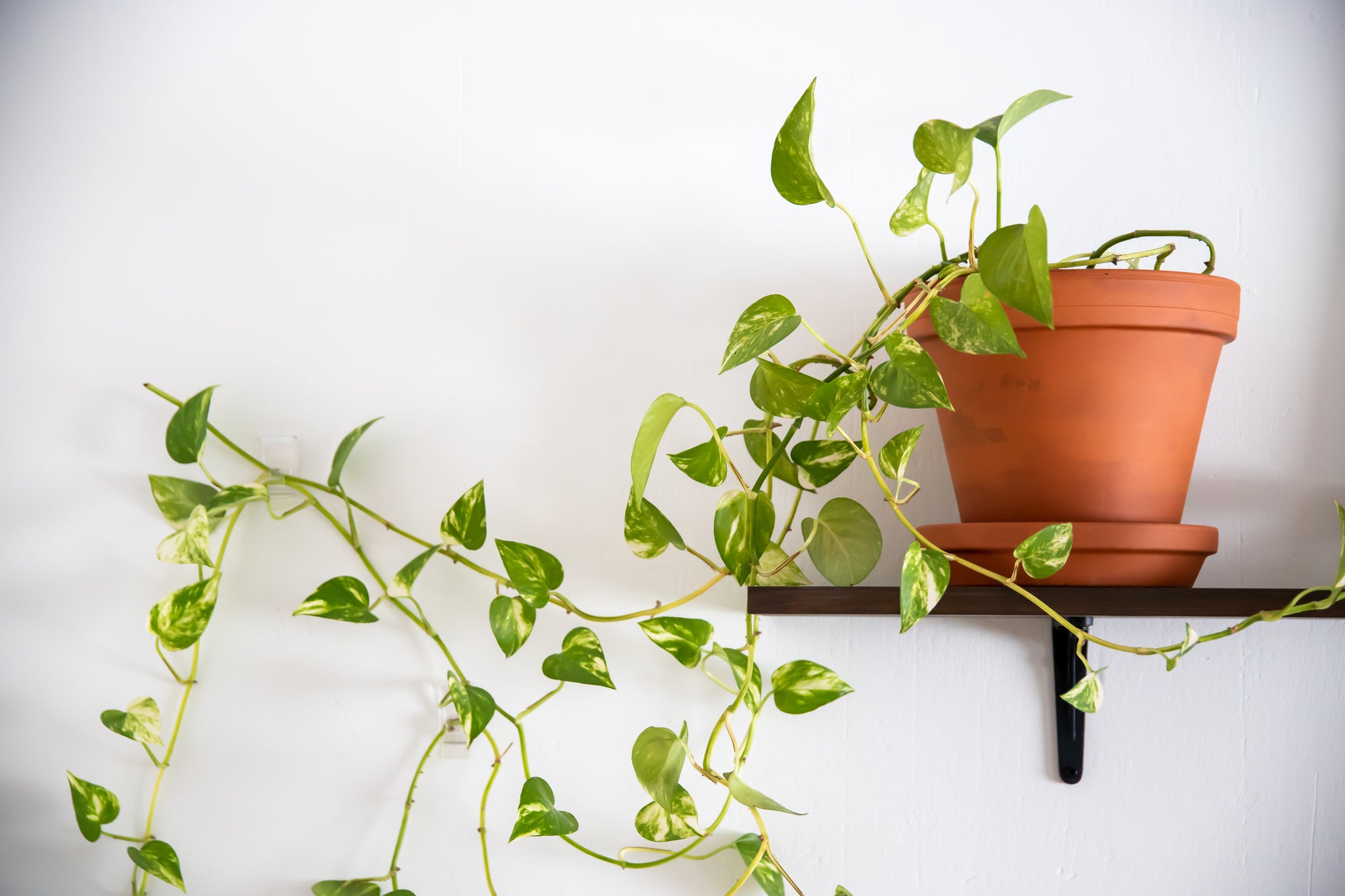Blue and yellow sticky traps can be real plant saviors: Because pests often find an ideal climate indoors and have no natural enemies, they attack our beloved houseplants. Pests can cause significant damage to plants: from stunted growth to yellow leaves and even death. In order to maintain the health of the plants, quick control is important - we'll show you how!
Glue traps as natural plant protection: How they work
Glue traps are an environmentally friendly means of pest control. The yellow and blue boards attract pests with their color - as the boards are coated with glue and are therefore sticky, the insects stick. This is a biotechnical and biological control method, as the boards do not require insecticides.

How do sticky traps work?
The blue and yellow sticky traps are placed or hung near the plants. The different colors have specific functions, as different insects react to and are attracted to different colors. But which glue traps do you need for which pests?
You can combat these pests with yellow sticky traps
Yellow sticky traps are particularly effective against a variety of flying insects such as aphids, fungus gnats and whiteflies. Yellow sticky traps also attract fruit flies, leaf miners and the green grape leafhopper.
But why are insects attracted to the color yellow? This is due to the insects' instinct, because they need pollen and nectar for their nutrition. They often find both in yellow flowers.
Aphids
Aphids are tiny, sap-sucking insects that often appear in large colonies and reproduce quickly. They cause damage to plants by sucking out the sap, which can lead to stunted growth and yellow leaves.
Black fungus gnats
Fungus gnats are small black flies that are often seen flying out of the soil. Their larvae live in the soil and can damage the roots of plants. Yellow boards help to catch the adult flies and thus prevent their reproduction. You can read more about fungus gnats here!

Whiteflies
Whiteflies are tiny white insects that are often found on the underside of leaves. They suck plant sap and can transmit viruses.
Leaf miners
Leaf miners lay their eggs in the leaves of plants and the larvae eat through the leaf tissue. This leaves characteristic tunnels and weakens the plant.

Pest control with blue sticky traps
Some insects respond to the color blue because they perceive certain wavelengths of light more strongly. Insects such as thrips have visual receptors that are particularly sensitive to blue and ultraviolet light. This color perception usually helps the insects find flowers or plants that are their food sources.
Blue sticky traps are therefore particularly effective when there is an infestation of thrips - probably the worst pests. These small winged creatures feed on the plant juices of your houseplants and can cause considerable damage.

The use of blue and yellow sticky traps is easy
You can either hang the blue and yellow traps near the plants or stick them into the ground attached to a stick. The best time to use sticky traps in the garden is at the beginning of the planting season or as soon as the first signs of pest infestation appear. You can also use the traps as a preventative measure, as a kind of monitoring to detect pest infestation in houseplants at an early stage.
If you notice that the number of insects caught is increasing or a specific pest species is multiplying, it is time to take additional action. This may mean setting up more sticky traps or taking additional measures such as introducing beneficial insects or neem oil. In this video you will learn more about how to naturally control pests and diseases on your houseplants.
Replace the traps when the adhesive surface is full or no longer sticks to ensure their effectiveness and continue to provide optimal protection for your plants.

























